Vernacular architecture
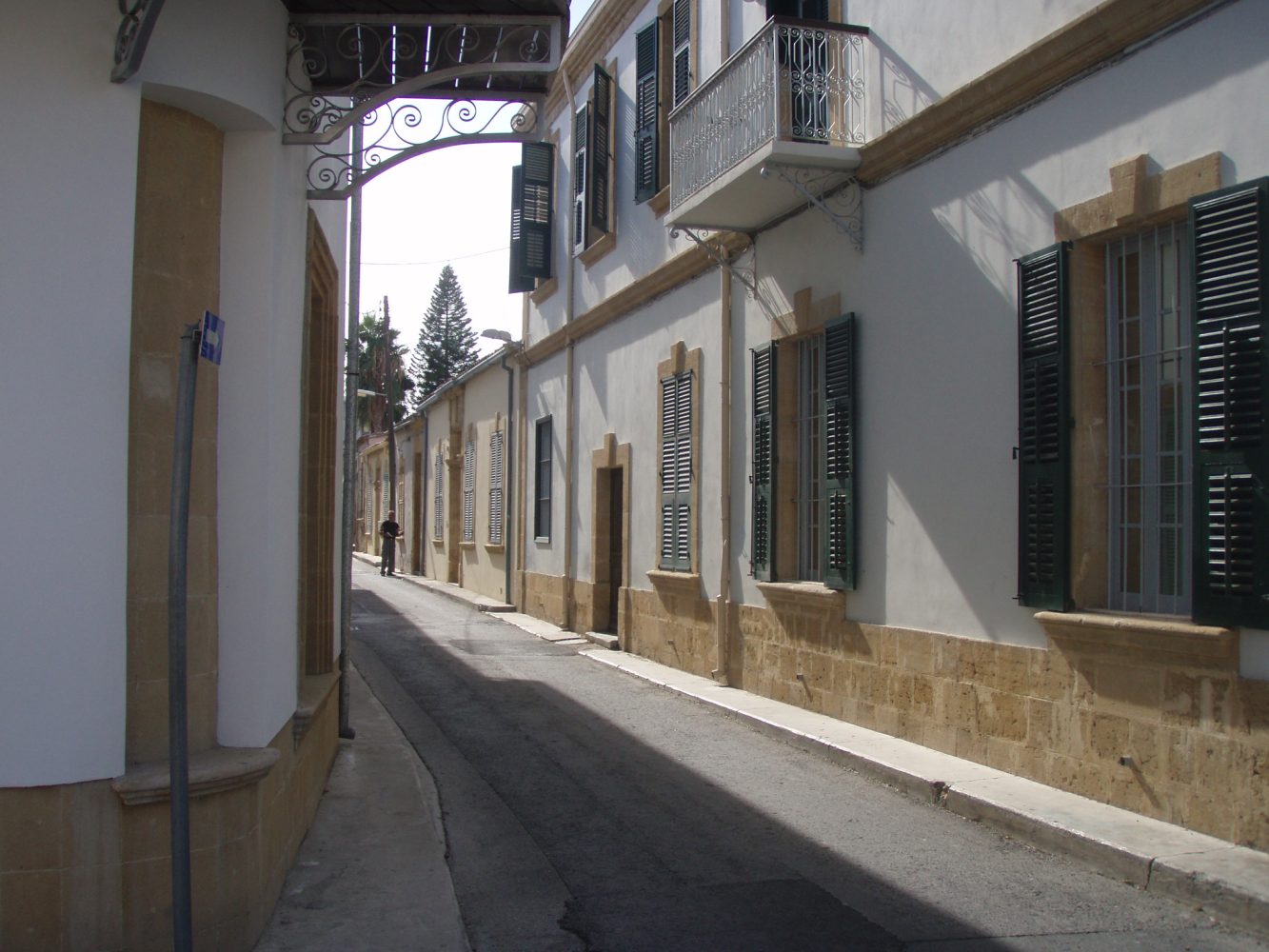
Historic centre of Nicosia, Cyprus (credits: BioVernacular Research Program_Maria Philokyprou and Stavroula Thravalou)
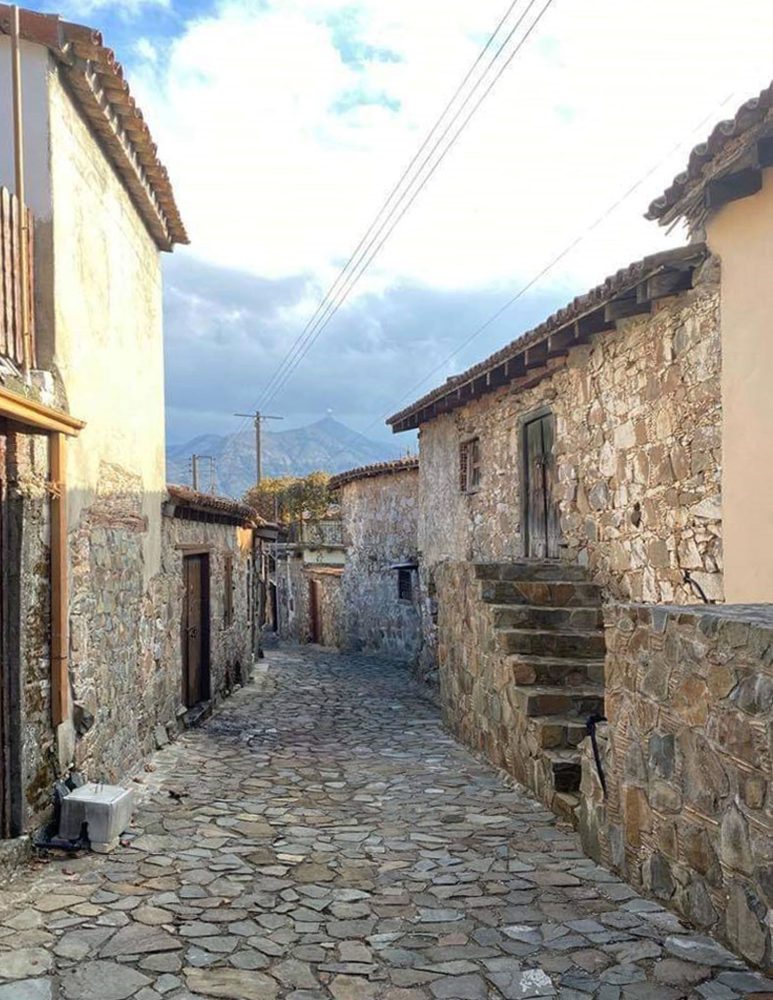
Rural vernacular heritage Lazanias village in Cyprus (credits: Stavroula Thravalou)
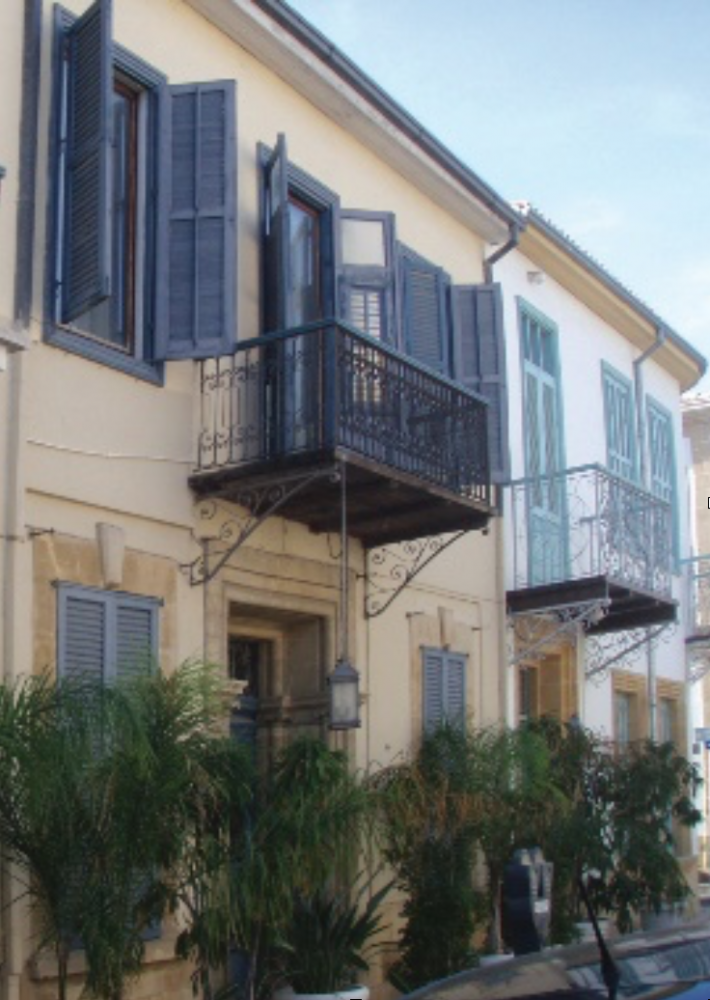
Urban vernacular dwellings in Nicosia (facade towards the street showing openings, balconies and lightweight projecting volumes) (credits: BioVernacular Research Program_Maria Philokyprou and Stavroula Thravalou)
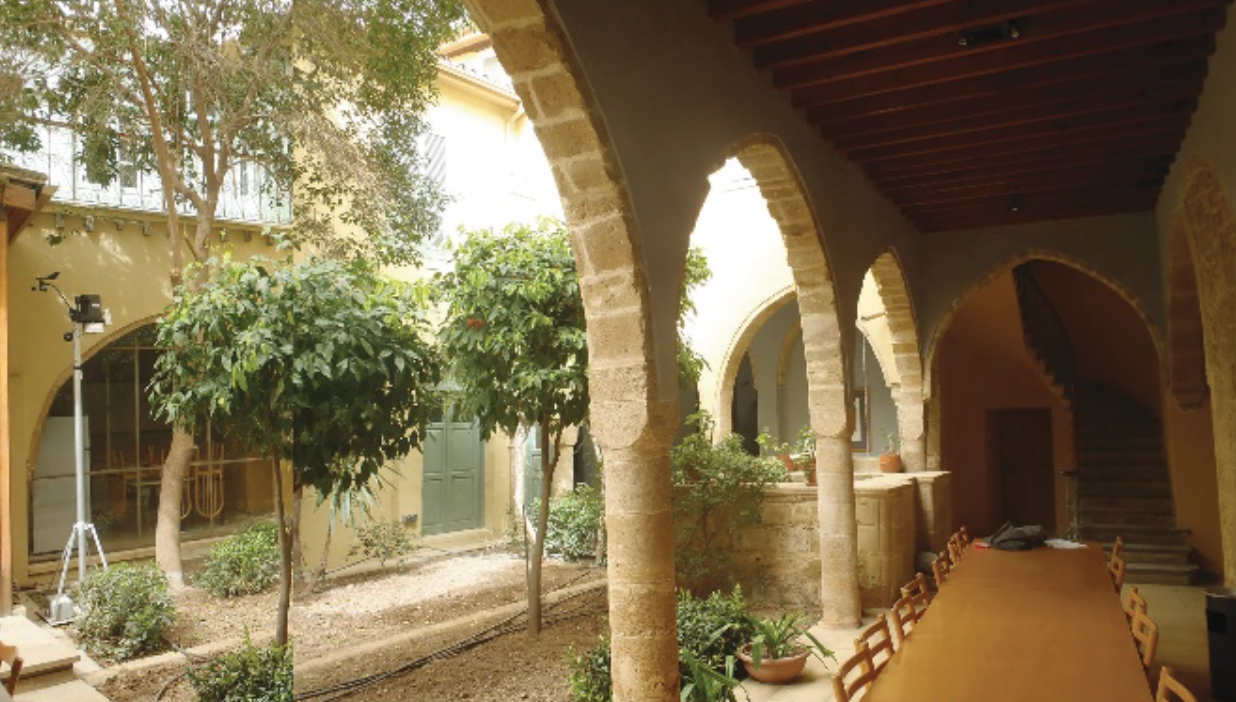
Urban vernacular dwellings in Nicosia (semi-open space and courtyard) (credits: BioVernacular Research Program_Maria Philokyprou and Stavroula Thravalou)
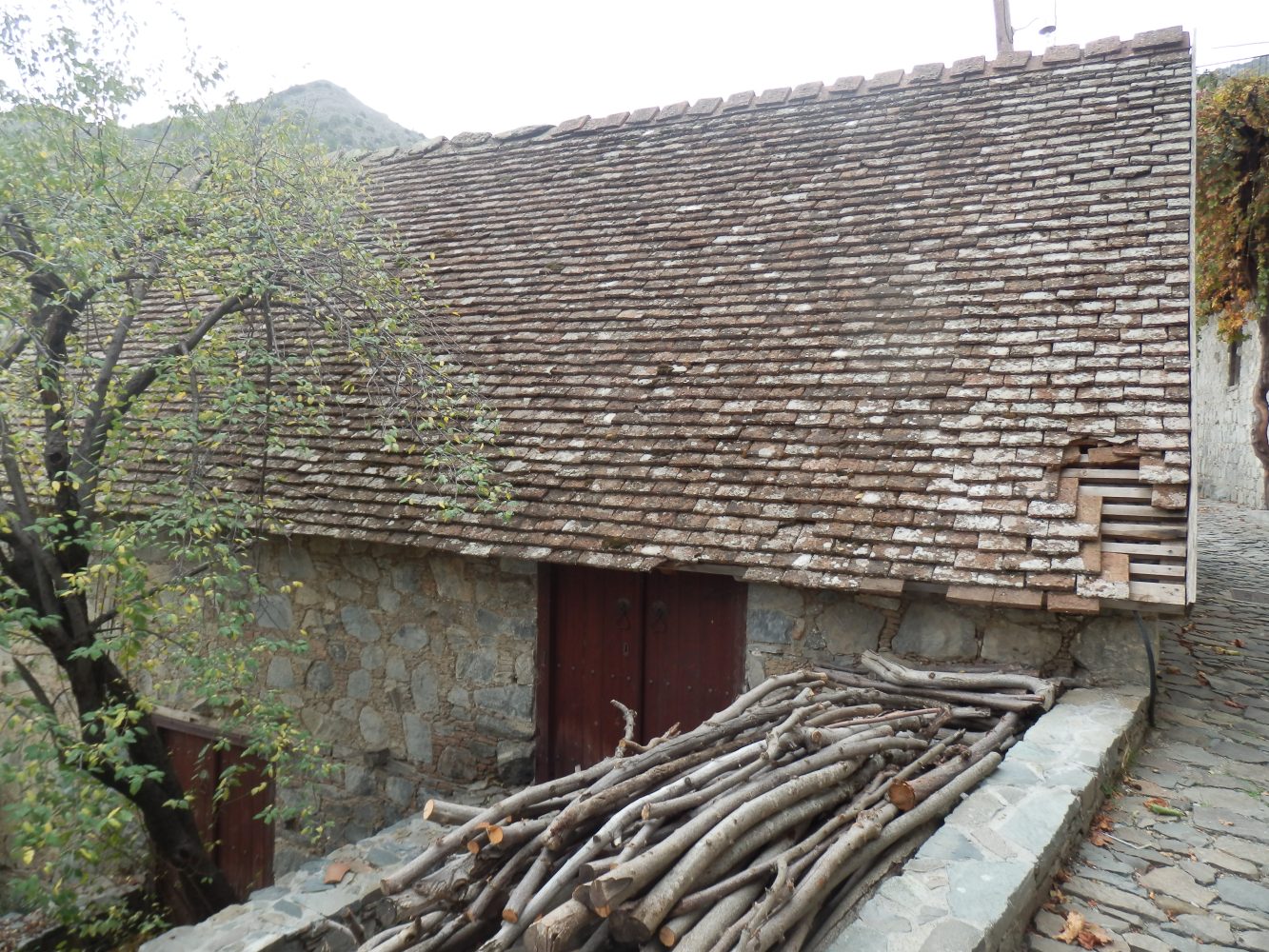
Vernacular stone-built dwelling (credits: Maria Philokyprou)
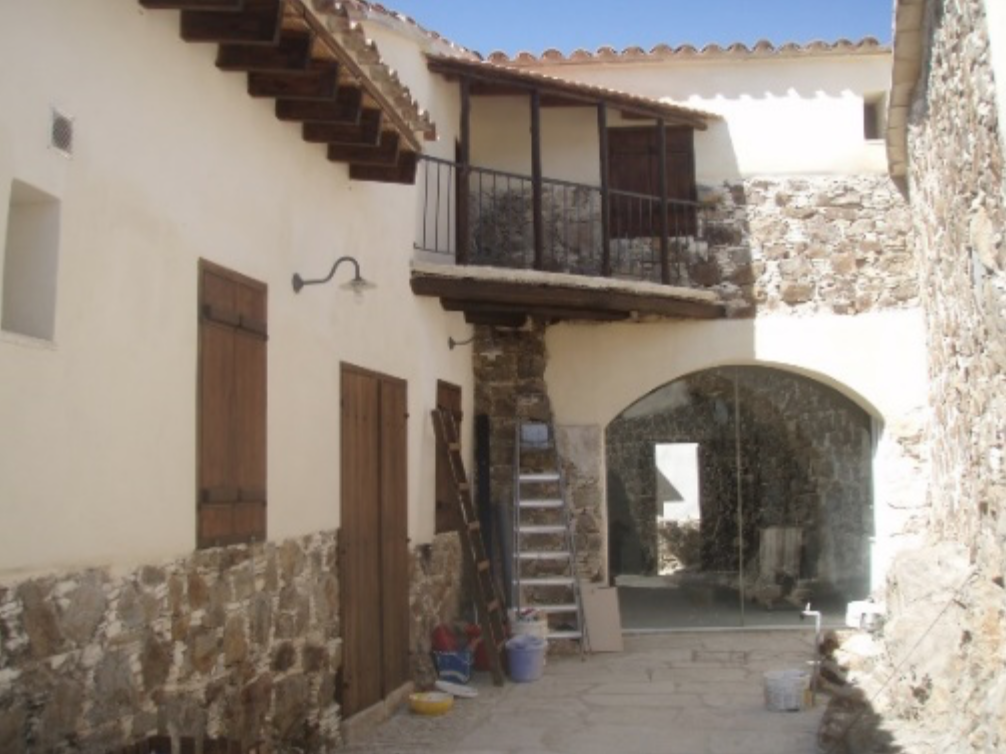
Vernacular Dwelling in Kapedes. Facade towards the central yard (credits: Maria Philokyprou)
Vernacular heritage, also referred to as traditional, anonymous, native or indigenous to a specific time and place, is the architecture of the people. It is related to the environmental context and available resources, it is customarily owner or community built, utilizing traditional technologies and local materials. All forms of vernacular architecture are built to meet specific needs, accommodating the values, economies and ways of life of the cultures that produce them (Paul Oliver 1997). Vernacular dwellings, throughout the years, have been continually reused, adapted to the local conditions and survived as cultural testimonies providing a direct link with the past. The satisfaction of human needs with simple means, the use of traditional local materials and available resources, as well as the incorporation of environmental design principles, give them a sustainable identity. According to ICOMOS Charter on the Built Vernacular Heritage (1999), “Vernacular building is the traditional and natural way by which communities house themselves”.
Nowadays, it is widely acknowledged that vernacular heritage can serve as a paradigm for sustainable development in the future, as it has survived over time and may stand as a testimony of human coexistence with nature. Thus, the incorporation of this heritage in the university courses is important. It should be mentioned that vernacular heritage encompasses not only the built environment but also intangible aspects, such as building techniques, lifestyles, territorial connections and transmission of skills from one generation to the next, which are intrinsic to communities.